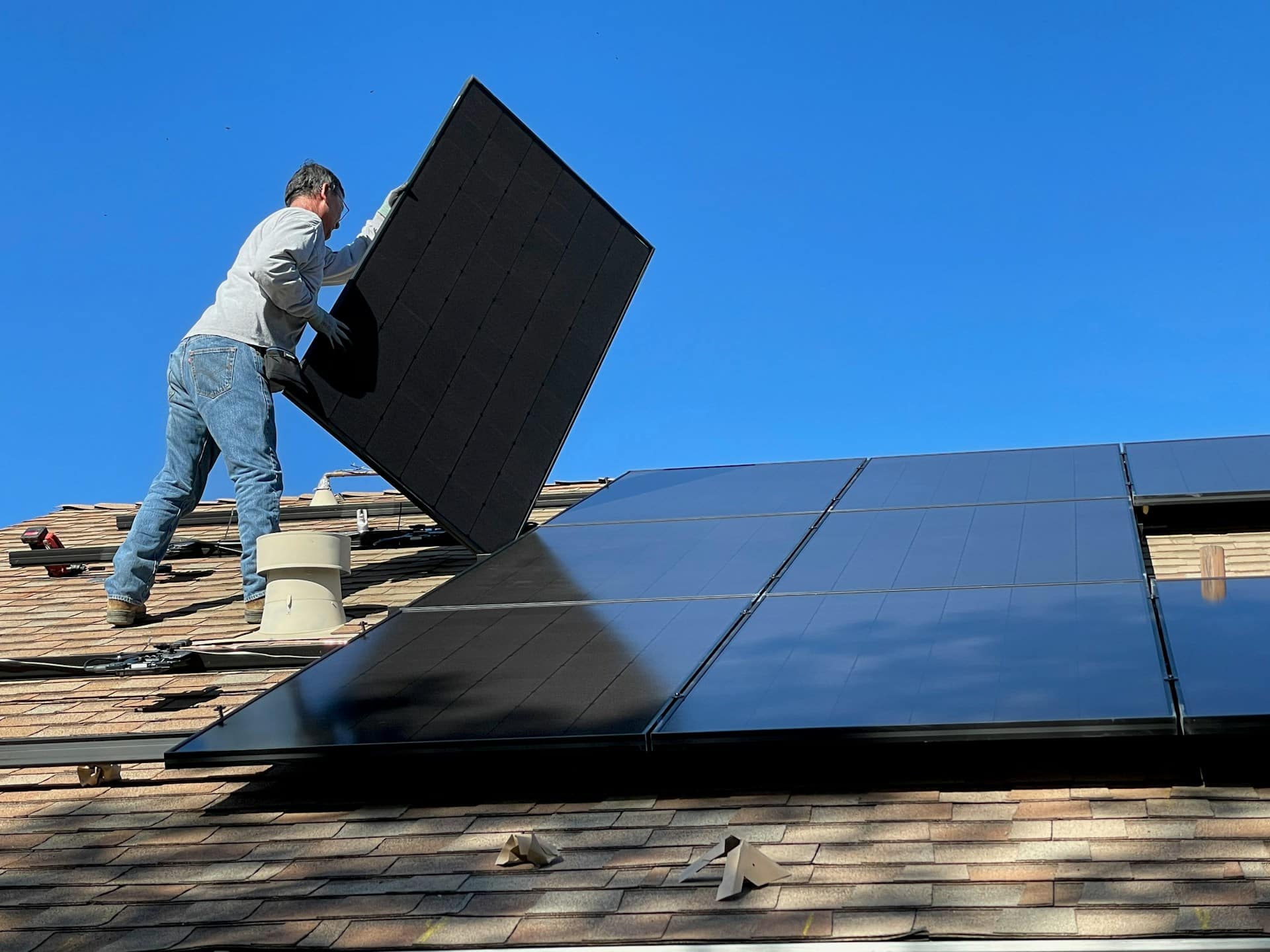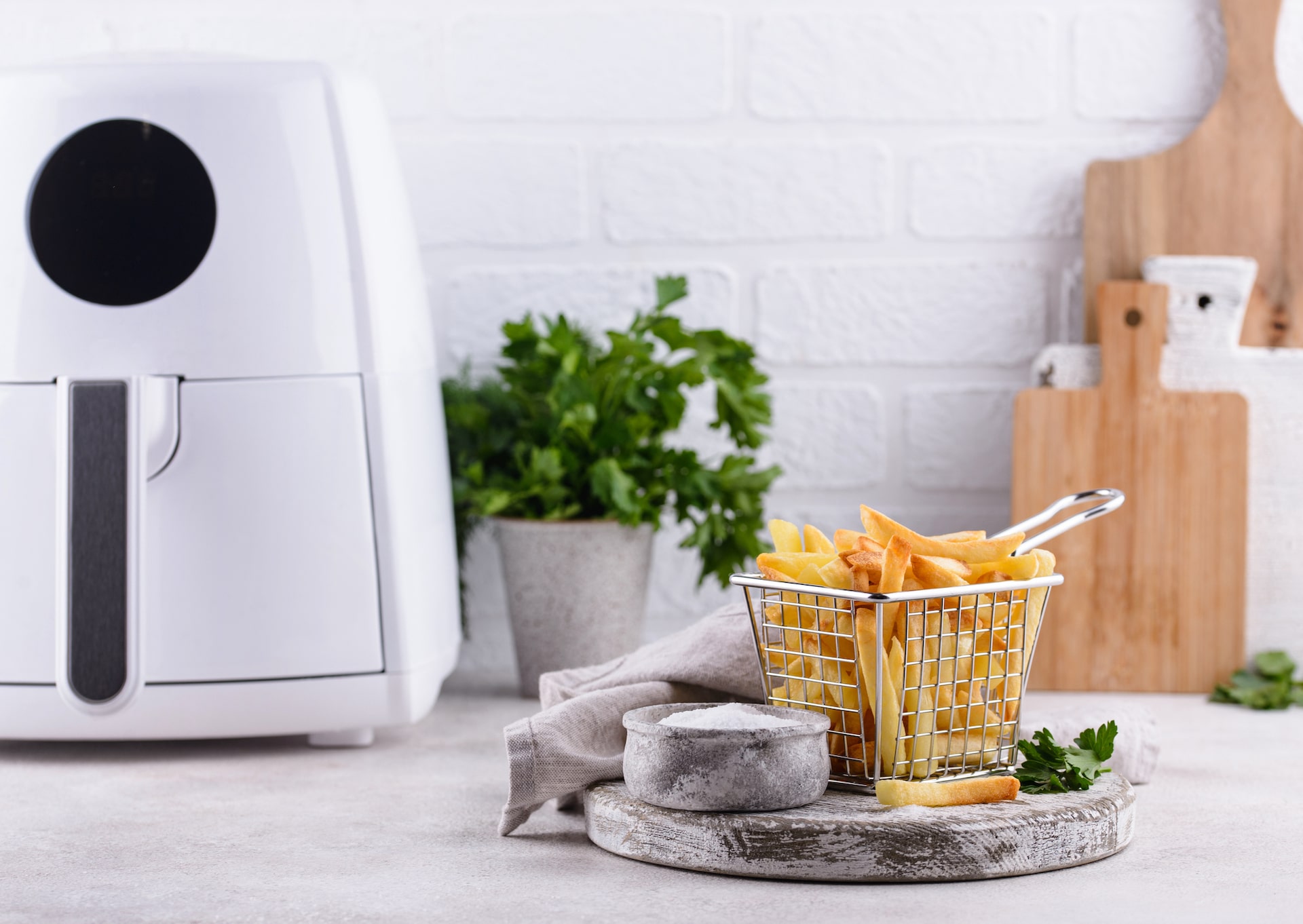This article may contain affiliate links. We may receive a commission for purchases made through these links. Privacy Policy.
This article may contain affiliate links. We may receive a commission for purchases made through these links. Privacy Policy.
If you’re a coffee fan, you know full well the joy that these little magic beans bring to your life. But brewing up your morning cup of joe isn’t the only way to enjoy these seeds from the coffee fruit. You can actually grow a very pretty plant with them!
The coffee tree is an evergreen and has glossy, dark green leaves that it maintains throughout the year. There are a few varieties of coffee plants, including coffee liberica (robusta beans), coffee canephora and coffee arabica (arabica beans).
And while it does take some patience to start one, this hardy little plant will make a great addition to your home or even your garden if you live in a warmer climate zone once established.
The easiest way to grow a coffee plant is by purchasing a seedling. But you can also grow one from a bean if you can locate a fresh batch of green coffee or a fresh coffee cherry. Unfortunately, the beans you buy from the store won’t work as they’ve been roasted.
But before we jump into the step-by-step guide to start growing your coffee plant, let’s start with a little more background on this beautiful and useful plant and what makes it happy.
Where Coffee Comes From

As you probably already know, the coffee plant isn’t native to North America. Where it does flourish is in the mid-altitude of tropical mountains, like Ethiopia. Its natural environment is humid and misty with dappled sunlight. Temperatures in these regions usually hover somewhere from 60℉ to 80℉ (with optimal temperatures for the coffee plant being from 64℉ to 75℉).
Once the coffee plant matures, usually somewhere from 3 to 5 years, it produces a white flower that has a similar smell to jasmine. These flowers are followed by a small green fruit, the coffee cherry, that slowly darkens into a deep red. Each cherry contains two seeds or coffee beans.
Left completely on their own, these trees can grow over 20 feet high! But coffee growers usually keep them pruned to somewhere around 8 to 10 feet.
Coffee also does best in slightly acidic soil (somewhere around 6 on the ph scale) and likes damp but not overly wet conditions.
Related: How To Clean A Dirty Coffee Maker (Safe & Natural)
Plant Care: Picking Your Spot

If you live in a climate where the temperature dips below 45℉, you’ll need to grow your coffee plant in a greenhouse or indoors. But if the weather in your region is more temperate, this tree should do fine outside.
If you plan to grow the plant outdoors, just be sure to give it plenty of room as it can grow quite large (though you can manage the size with pruning). The best spot in your garden will be one that gets dappled light and not direct sun.
If you plan to grow your coffee plant indoors, again, choose a spot with indirect sunlight and away from cold drafts in the winter. You’ll also want to mimic its native, high-humidity environment with regular misting or a humidifier in the area (in addition to watering).
But we’ll cover more details about this plant’s care once you get your little baby started.
Related: How To Start A Patio Garden (Gardening Without A Yard)
Starting Your Coffee Plant From A Seed
Growing a coffee plant from seed instead of a seedling is a challenge, but it can be done. However, you will need to find some fresh green coffee beans or a fresh coffee cherry. And since fresh coffee cherries are very hard to come by in the US, we’re going to stick to the green coffee method for this article.
Other than the seeds and the right potting mix, you will also need plenty of patience if you want the privilege of reminding your plant that you knew it when it was just a little bean. (If you want to speed up the process, skip to the section on how to grow your coffee plant from a seedling. )
Keep in mind that the growing season for native coffee plants is in the early spring (or mid-summer if you are in a colder region), and that is going to be your best time to pot your baby tree.
Coffee beans usually take about 2.5 months to germinate. But if the seed isn’t fresh, it could take up to 6 months.
Green coffee beans from the store are unlikely to sprout at all because they’ve generally been harvested some time ago, and the seed only stays viable for about 4 months. You can try ordering the seeds online or try to procure them through a green coffee supplier.
Once you have the seeds in hand, you’ll want to plant as many as you can to increase your chances of germination.
Steps to Growing A Coffee Plant Seed
1: First, soak the seeds in water for 24 hours
2: Then drain the water and sow them just below the surface of damp sand, vermiculite or even between moist coffee sacks.
3: Water the seeds daily but drain off any excess water so that they’re not swamped.
4: Once you see that a little sprout has emerged (between 2.5 to 6 months), you can transfer it to a deeper pot.
5: Make sure the potting soil in the new pot is loamy with a high humus content. You can also add manure or bone meal to better fortify your plant.
6: Now carefully remove the germinated seed from its original growing medium, and place it flat side down in a 1.25 centimeter deep hole.
7: Sprinkle some more soil over it, but do not push the germinated seed down any further.
8: A little mulched grass or peat moss over the top will help keep the soil moist.
9: Keep the soil moist, but don’t oversaturate it.
10: In about 3 to 4 months, you should have a small stalk with a pod on top. This sprout should open up to reveal it’s first leaves in about another month.
11: At around 9 months, the plant should begin to resemble a coffee plant, and the seedling can be transferred to a bigger container or outdoors if you’re in the right climate zone.
You should also watch MI Gardener’s video on How To Grow Coffee In Containers at Home! Complete Growing Guide.
Growing Your Coffee Plant From A Seedling

A quicker route to growing your coffee plant is to buy a seedling. You can find them in nurseries or online. Often, the seedlings come in a group of 4 to 6 plants that are about 4 inches tall.
1: First, soak your group of seedlings in a bowl of warm water overnight. (This will make them easier to separate.)
2: The next day, gently separate the seedlings from one another and put them each in their own pot. A 4-inch pot will work well to begin with.
3: Remember, coffee plants like soil that is slightly acidic (about ph6) and drains well.
3: Coffee plants like about 4 to 5 hours of INDIRECT sunlight per day. They can be placed in a bright room, but never where direct sunlight will hit them. If your home is dark or gets less light in the winter months, you can try using some grow lights.
4: Keep the soil moist but not soaking. And be sure the plant has good drainage. If there is excess water in the drainage dish, you can dump it out.
5: When your seedling reaches 8 inches, it’s time to think about repotting. Make sure the new pot is deep enough as coffee plant roots like to reach deep.
6: By about a year, your plant should be about 24 inches tall, and it’s time to replant again.
7: In addition to watering, be sure to mist your coffee plant daily as it loves humidity.
So how large will your coffee plant grow? With the right water, soil and a big enough pot, even an indoor coffee plant could reach up to 6 feet. Outdoors, they can grow even bigger. But you can always prune the top and branches of the tree to control its size.
Related: 17 Gardening Hacks And Tips [For Every Level Of Green Thumb]
Soil and Fertilizing

Again, coffee plants like slightly acidic soil with high nitrogen content. You can enrich the soil with bone meal or manure.
Iron also helps coffee plants to grow well. Coffee plants grown in the volcanic mountains of Hawaii get the iron from the lava naturally. But if you can get your hands on some volcanic dust to add to the soil, your coffee plant will be extra happy.
You should only fertilize your plant in the spring and summer months and NOT in fall or winter while the plant is resting. Starting in March or April, you can use a balanced organic fertilizer or a liquid fertilizer about every two weeks until September.
Avoid mineral fertilizers as they make the soil too salty. Also, a new coffee plant or a newly repotted plant shouldn’t be fertilized until about the year mark.
Keep Your Coffee Plant Away from Children and Pets
As beloved as coffee beans are, every other part of the plant is toxic to humans and animals. If a human child or any animal such as a cat, dog or horse were to ingest the leaves or branches, they could get sick. So be sure children and animals can’t reach your plant!
Will My Indoor Coffee Plant Grow Coffee Beans?
This is the million-dollar question for coffee lovers. And the answer is: yes they will! However, coffee plants don’t reach maturity and begin to flower for anywhere from 3 to 6 years. The flower itself is white and has a similar smell to jasmine.
After the flowering phase, the coffee plant will begin to produce coffee cherries. But the fruit may take up to a year to ripen from green to bright red when it’s optimal for picking. In other words, don’t expect to sample that homegrown cup of java for a good long while.
How Much Coffee Will My Plant Produce?
A mature, well cared for plant in the right conditions can produce about 2000 cherries or 4000 coffee beans each year. That’s only about one or two pounds of coffee per harvest. Of course, a smaller indoor plant will produce far less. It all depends on the tree’s size.
If you plan to keep your coffee as an ornamental house plant, the number of cherries won’t matter. But if you want to experiment with creating your brew from scratch, you will need a lot more plants and space to grow them!
Related: How To Ripen Avocados Fast [That Hipster Toast Can’t Wait]
From the Tree to Your Cup

As you can gather, the process of growing ripe coffee cherries takes a large amount of time and care. And once the cherry is harvested from the tree, it has to pass through another labor-intensive process.
First, the pulp that surrounds the coffee beans needs to be removed. Next, the beans need to be fermented in water for a few days in order to remove the rest of the sticky stuff, called mucilage. When the water begins to bubble, it’s time to wash the soaked beans clean.
Now it’s time to dry the beans. Generally, it takes about seven days in the sun before they’re fully dry. You can tell when they’re ready as they make a cracking sound between the teeth when bitten. This stage is called the parchment phase.
But the work isn’t over yet! Next, the parchment skin has to be removed to reveal the green coffee bean. The last step is roasting. If you manage to grow enough of your own beans, you can do this in the oven or take them to a coffee roaster.
Now you’re ready to brew a cup of coffee!
Enjoy the Process
Coffee trees are beautiful and make a great house plant or addition to your garden. But as you can see, producing your own coffee with a decent amount of caffeine content will require tons of patience and dedication.
So instead of focusing on the end result, try to enjoy the process. Seeing cherries begin to ripen on your own plant is super exciting, no matter how many the plant yields. And even if you never manage to brew a pot from your own beans, raising a coffee plant will give you a new appreciation for all of the labor and love that goes into each cup.
Hey, and remember, coffee cherries are a fruit. Once they turn red, they make a juicy, somewhat tart little treat!
Well, that’s our guide, coffee fans. Enjoy your adventures in growing!
You might also be interested in: How To Root A Christmas Cactus [In Water Or Dirt]
Sherry De Alba
view postSherry De Alba
Sherry is a freelance writer who worked as an actor before transitioning to an award-winner career in advertising. During a vacation to Mexico, she fell in love and never left. Sherry (aka Cherita) now spends her time bouncing between the US and Mexico writing, running, cooking, meditating and exploring lots of cool stuff on the other side of the wall.
view post





